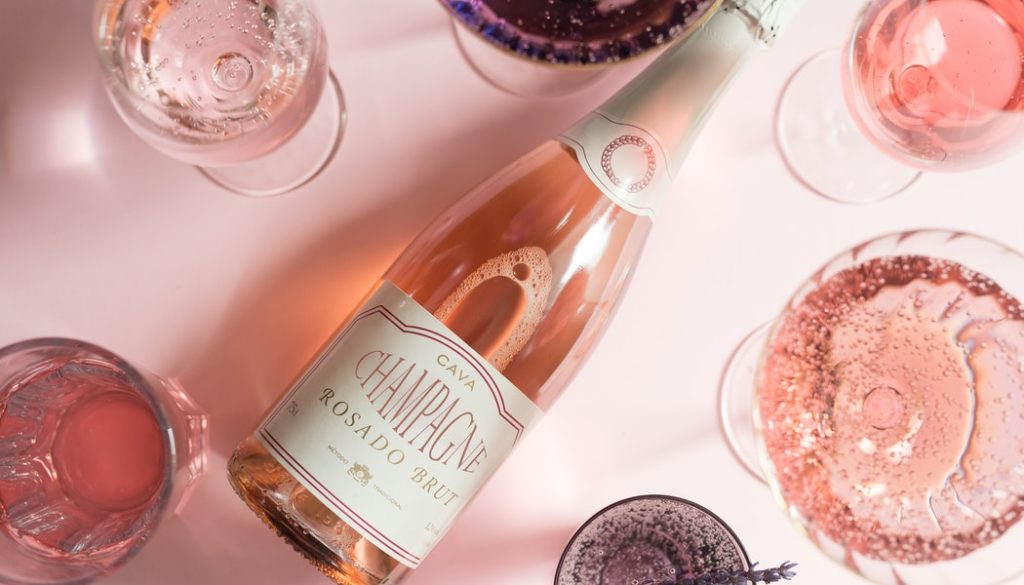Between Thanksgiving and the New Year, sparkling wines spike sales as people celebrate the fiestas with champagne toasts — particularly the New Year. As the time has come to open this bubble bottle, you should know a few things here:


How much alcohol is in Champagne?
The Bubbles are of Farts Practically
We thank you for alcohol with yeast and can thank you double for bubble wine. The microscopic fungi derive energy from sugar by a fermentation process and contain waste alcohol and carbon dioxide.
In reality, winemakers must ferment Champagne twice to create ample carbon dioxide to produce bubbles. It’s because champagne grapes aren’t delicious, meaning that the yeast can’t consume much sugar. And carbon dioxide will escape, but there are no bubbles.
Wineries add a little more Sucre—both cane and beet—and more yeast during the second round of fermentation. Then they cover the bottle and lock it all inside. Sugars are fermented, and carbon dioxide and alcohol are produced. You also decay, digest, and create the more toasted, yeasty molecules that produce aged Champagne.
When the wine is ready, there are many ways to extract the yeast. In the conventional champagne process, the winemaker flips his bottles on the heads to gather the yeast at the mouth of the flask and sinks his neck in an ice bath—creating a plug of yeast and frozen sediment. The winemaker then opens the bottle and takes out the frozen yeast plug under pressure formed during fermentation. The winemaker’s replacement for wine, sugar, or a blend for the missing amount – corking the bottle. This second stage of fermentation often happens in a large tank with sparkling wines rather than bottles.
There’s More Pressure inside Tyres Champagne Bottles
Since the bottles during fermentation are sealed, carbon dioxide molecules cannot exist in the form of a gas, and they thus dissolve in the wine. According to Compound Interest in Chemistry, screened inside the container causes enormous pressurization — almost three times the air pressure inside the tires of your car.
The tower may Look Good, But it is just Your Bubbles
How much alcohol is in Champagne is estimated that if carbon dioxide could spread as a gas, it would fill six champagne bottles. Liger-Belair is an ‘effervescence’ professor at the Champagne-Ardenne University in France. In an e-mail to The Verge, he called Champagne a wonderful playground for fluid physicists. “Whenever you have a glass of [bubbly], it is simply wonderful to discover such a delicate science hidden right under your nose,” he said.
Uncorking the bottle and placing the wine in a glass disturbs the champagne-dissolving carbon dioxide’s fragile equilibrium. According to Chemical & Engineering News, there is chemistry legislation that effectively states that the gas concentration dissolved in a liquid is proportionate to the atmosphere’s gas pressures over the liquid. When you cut off the cork, it becomes the whole space where carbon dioxide is even smaller. The carbon dioxide is then hurried out of the wine to re-establish the equilibrium. This is where the bubbles are flowing in.
Are in Champagne Bubbles on 1 Million
How much alcohol is in Champagne? Around 80 percent of carbon dioxide flows invisibly into a mechanism called diffusion as you spill a bottle of Champagne onto the surface of the drink. The remainder forms the bubbles that are bubble characteristic. According to the CIVC (Comite Interprofessionnel du Vin de Champagne), the perfect glass to be served in Champagne is tulip-shaped, as the bubbles are better retained. The bubbles and the cocktail’s aroma easily dissolve into the air, owing to the breadth of the Champagne (which is modeled on Marie Antoinette’s left breast). Before use, still rince and empty champagne glasses with hot water. Do not dry with tea or fabric towels since those fibers will cling to the glass and dull the sparkling bubble stream.
When the Champagne is served, you must love the cocktail’s hue, and the bubbles must be bright and sparkling. Breathe in the drink’s fragrance and taste the wine eventually. Maintain the true essence of Champagne inside your mouth for a few seconds – light or full-course, delicate or complicated. And above all… enjoy!
The bubbles emerge inside Champagne’s flute — forming minor imperfections and impurities that accumulate carbohydrate molecules to form a bubble. As scientists shot high-speed video champagne and a microscope, they pointed out that most bubbles started with bits of lint, which had probably drifted as dust in the bottle or had been left by a towel behind.
READ MORE: How long does Champagne last?
